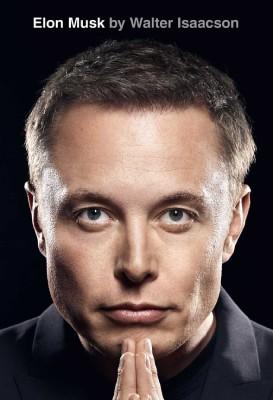Elon Musk

How first principles become products at scale
Reason to read: An on-the-ground view of two years inside Musk’s world, from factory floors to the Twitter-to-X storm, with enough operational detail to be useful to builders.
This biography earns that trust because it follows Musk closely through meetings, site walk-throughs, and late-night decision sprints, then sets that behaviour against formative years in South Africa and a mindset shaped by risk, mission, and relentless tempo. The access makes scenes feel immediate rather than polished, which is exactly what you want when the subject insists on pushing timelines until something gives.
The practical spine is how engineering gets done. First principles thinking sits above precedent, design stays glued to manufacturing, and teams are pushed to compress cycle time. Musk’s simple rule set, repeated across companies, runs like this in practice: question every requirement and name its owner, delete steps until only the essential remains, simplify after deletion rather than before, accelerate the cadence of work, and only then automate. Read as a management checklist, it is a blunt instrument, but it exposes weak assumptions fast and rewards clear thinking.
It matters because the canvas is large. You move from reusable rockets to mass-market EVs to a messy social platform in transition, seeing how speed and direct ownership carry teams from impossible to done, and where volatility and strain are the price of that pace. The book does not look away from either side of that trade-off.
Verdict: Worth it for product and engineering leaders who want a candid playbook on building at extreme speed, plus a clear view of the human cost.